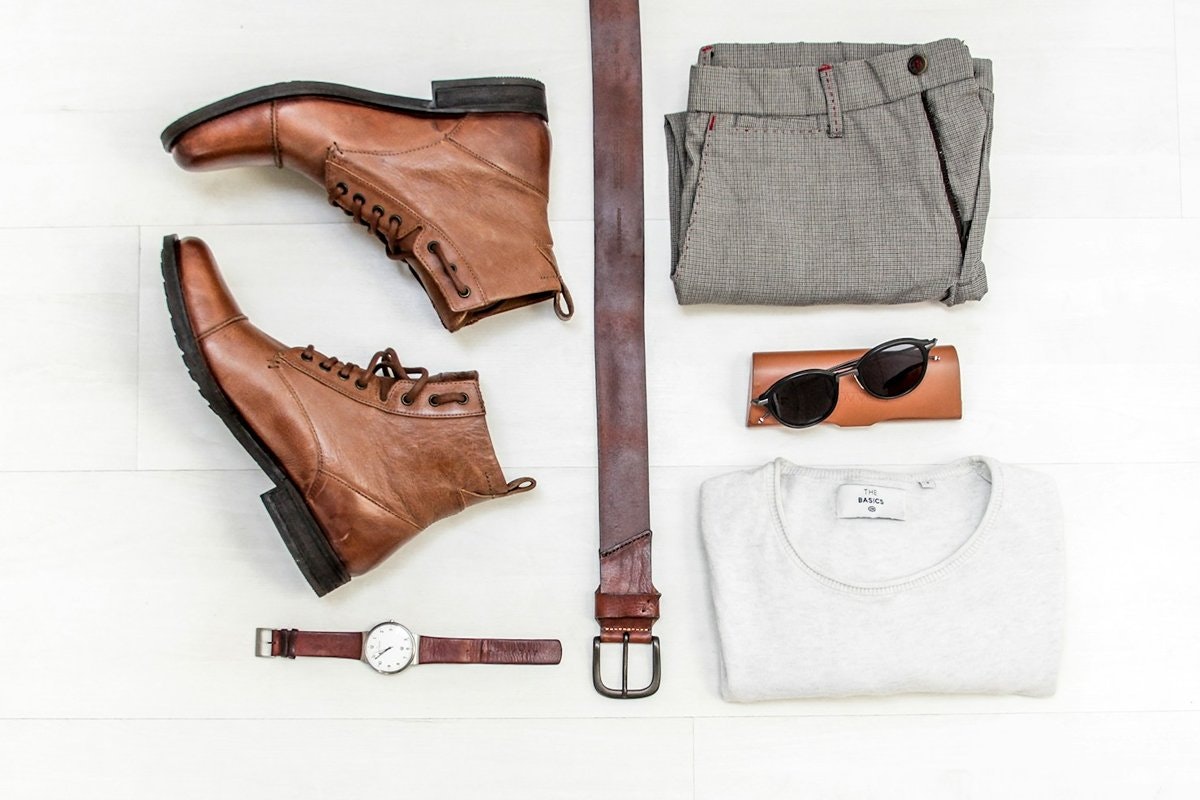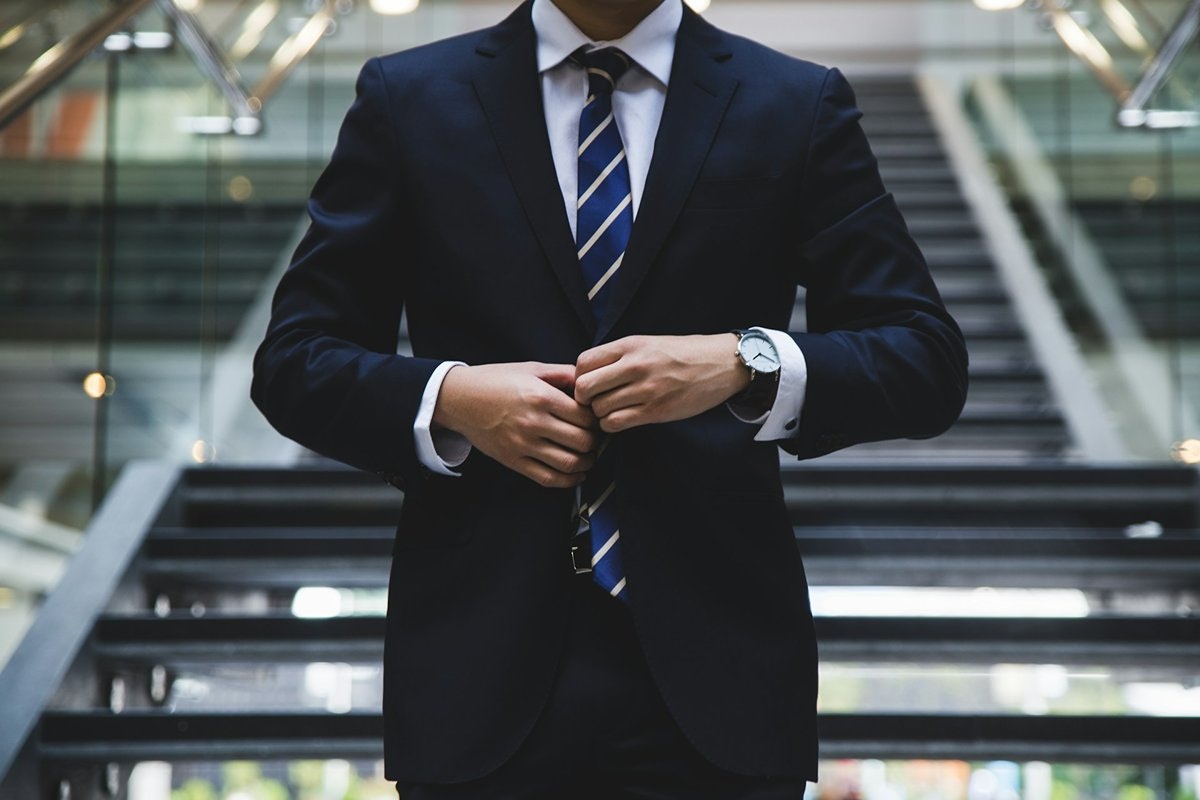Understanding dress codes in the Australian workplace
Learn about the dress code for work in Australia for different types of jobs. What you should wear and what you should avoid so you can feel comfortable, maintain your style, and also fulfil the requirements of the industry.

By:
LINA AVILA HENAO
Last Updated:
Oct 23, 2024
Tags:
#work
In general, Australians are very relaxed when it comes to dressing and they love to feel comfortable. However, there are also people who dress very elegantly, and some Australian cities are known as fashion capitals in the world, such as Melbourne.
At workplaces, there is a dress code that varies according to each industry, type of work, and position. There is also a focus on ensuring that employees are protected and safe while performing their jobs, so some companies provide protective gear and uniforms with the company logo.
How to dress for an office job?
It depends on the type of company and the position held. There are high-level corporations, such as banks or tech companies, where the dress code is business formal. This means men should wear a suit and tie, and women should wear a tailored dress or tailored trousers. High standards of appearance must be maintained, especially when interacting with clients.
There are other, slightly more relaxed companies or start-ups where the concept of business casual or smart casual applies. This means wearing an attire that combines both formal and informal elements. For example, sophisticated and well-presented clothing that is also comfortable and relaxed, including items like smart jeans, chinos, or tailored pants paired with a collared shirt or elegant blouse, and stylish but not overly formal shoes. The idea is to look tidy and presentable without being overdressed.
In summer, the dress code may relax a bit for women. I have seen them wearing lighter dresses, but for men, the code remains the same, even in very hot weather, although most workplaces have air-conditioning.
If you're in an office, I recommend dressing well on your first day. It’s better to be over-dressed than under-dressed; this creates a positive impression of you at the workplace.
How to dress for construction work?
In this industry, ensuring the safety and protection of workers is crucial. Fluorescent jackets or vests are worn to enhance visibility, along with long pants and steel-toed boots; this applies to both men and women. The materials used for clothing are thermal and waterproof due to the various climatic conditions in Australia. They also have breathable technology and pockets or belts for carrying tools.
Protective gear is very important and part of the dress code: safety helmets, goggles to protect the eyes, gloves, and sun hats (although many don’t wear them even when working directly in the sun).
In summer, shorts can be worn, but still with closed shoes and the other mentioned items.
How to dress for working in hospitality ?
In this industry, looking good is important. You’ll be required to wear black pants, a well-pressed white shirt, and polished black shoes for your shifts.
Accessories may include an apron or vest, but these are generally provided by the workplace.
Almost all agencies require this attire for both men and women, but it also depends on your position. For example, runners are allowed to wear black sneakers. In positions like hostess or in very upscale restaurants, they may ask you to wear a bow tie (although this is not very common).
I recommend investing in good shoes because you'll be on your feet for long shifts, and uncomfortable shoes will hurt your feet and make you feel really tired.
How to dress for a cleaning job?
Here, comfort is key. In most places, you can dress as you wish, and some companies provide a distinctive vest or shirt for you to wear while you work.
If you're wearing your own clothes, choose something old or that you don’t mind getting damaged by detergents or cleaning products. Shoes should be closed and very comfortable; consider investing in good sneakers, preferably cushioned, as you'll be walking in them for hours a day.
If it’s winter and you work outdoors, you'll need a jumper to protect against the cold. In summer, some places allow shorts, but shoes must still be closed.
Where can I buy work clothes in Australia?
For office clothing, you can go to places like MYER or David Jones; these stores have many brands to choose from, with a variety of prices, materials, and designs. H&M is much more affordable, but the designs are often repeated, so you run the risk of encountering someone wearing the same outfit.
For hospitality, cleaning, and construction clothes, you can find them at stores like KMART, Big W, and Target. There you can get everything you need at very accessible prices. For construction specifically, if you're looking for something more specialized, stores like HOWKE WORKWEAR and DNC WORKWEAR offer many more options and superior quality.
What if they give me a uniform?
In some workplaces, you are provided with a uniform featuring the company logo, typically a shirt, and you can choose what pants to pair it with—either jeans or tailored pants. I’ve been in some companies where wearing the uniform is optional, but try to wear it occasionally. In other companies, it’s mandatory from Monday to Thursday, but you can dress as you like on Fridays.
To finish up
The dress code in Australia adapts to each industry and workplace culture. Some workplaces reflect a balance between professionalism and comfort, while others prefer a more relaxed and casual style. It is important to follow the dress code of the company you work for, as this shows you have a good professional image and that you respect and adhere to the company culture.


